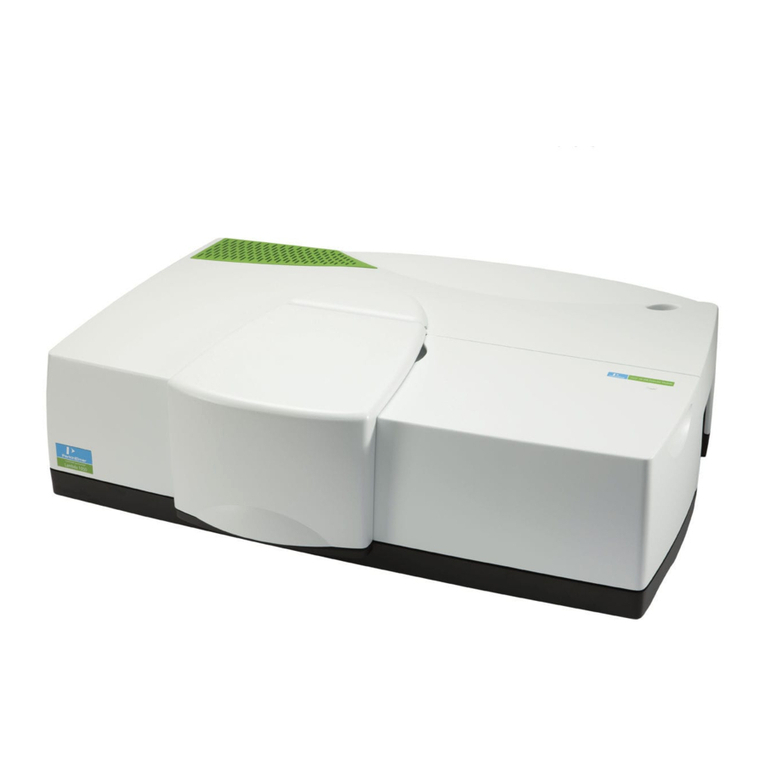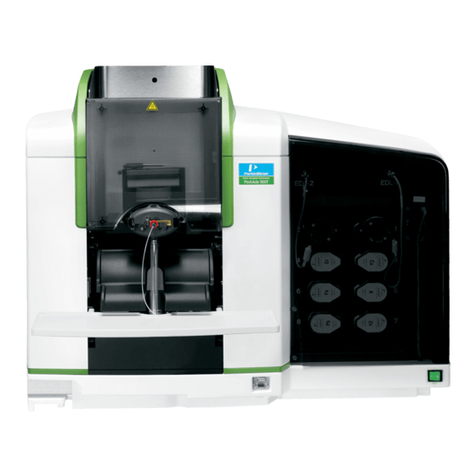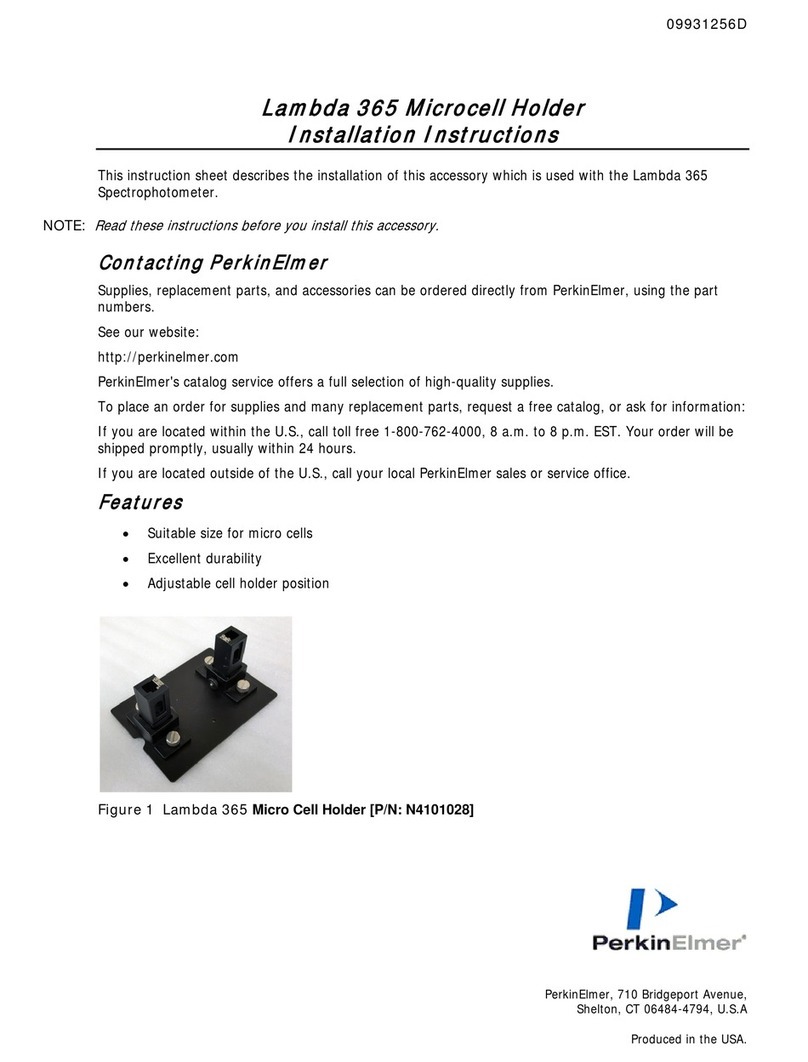PerkinElmer Spectrum Two HATR User manual
Other PerkinElmer Laboratory Equipment manuals

PerkinElmer
PerkinElmer Spotlight 150 User manual

PerkinElmer
PerkinElmer Clarus SQ 8 MS Series Installation instructions
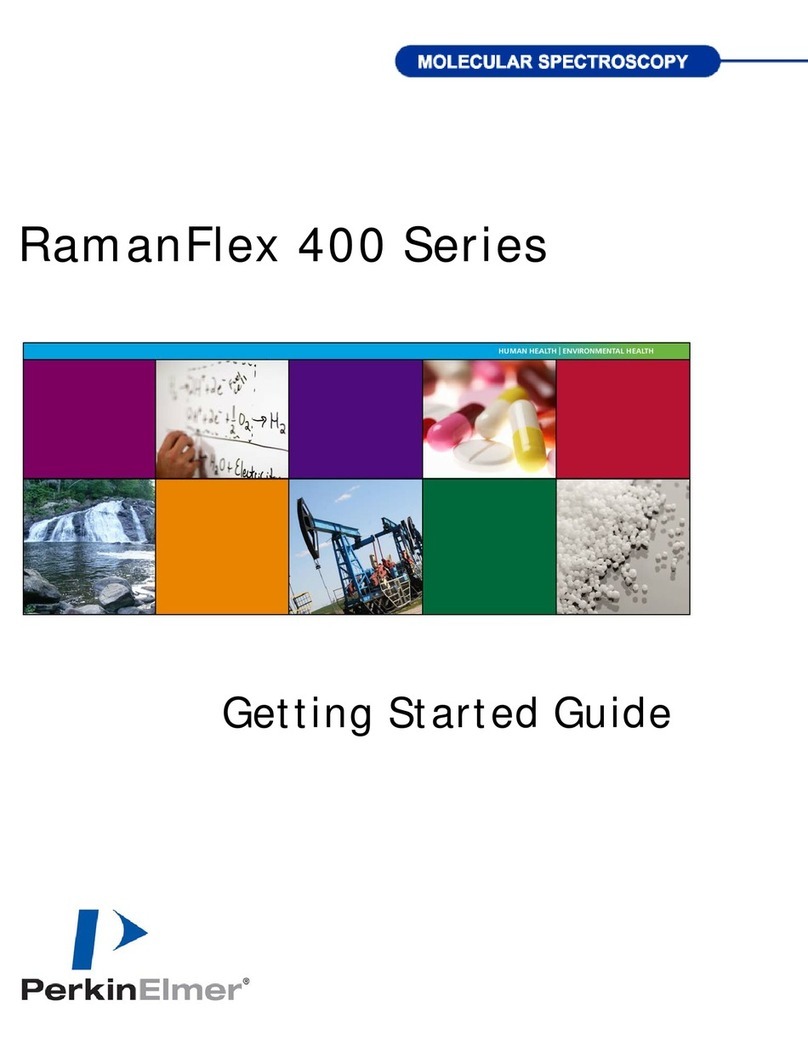
PerkinElmer
PerkinElmer Raman Flex 400 Series User manual

PerkinElmer
PerkinElmer Lambda 650 Installation instructions

PerkinElmer
PerkinElmer RamanStation 400 Series User manual

PerkinElmer
PerkinElmer AVIO 500 User manual

PerkinElmer
PerkinElmer RamanMicro 200 Series User manual

PerkinElmer
PerkinElmer OPERETTA User manual

PerkinElmer
PerkinElmer Spectrum RX I User manual
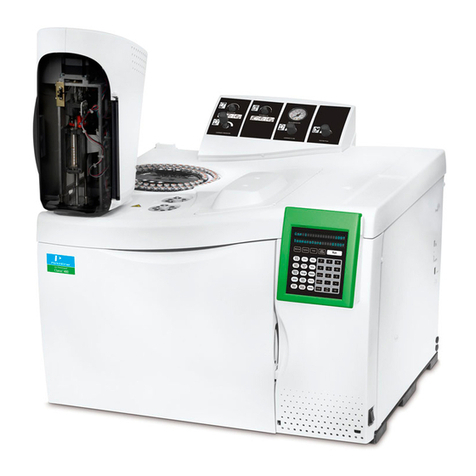
PerkinElmer
PerkinElmer CLARUS 680 GC User manual
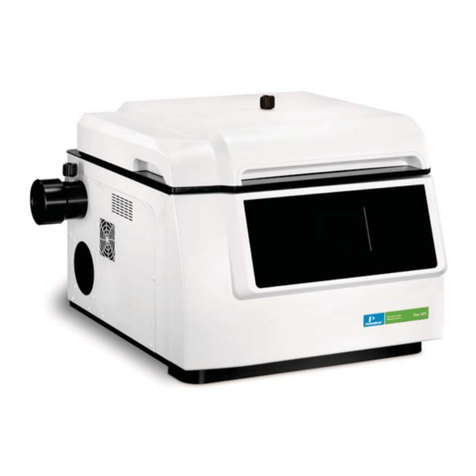
PerkinElmer
PerkinElmer TITAN MPS User manual

PerkinElmer
PerkinElmer Wallac 1420 User manual

PerkinElmer
PerkinElmer Panthera-Puncher 9 User manual
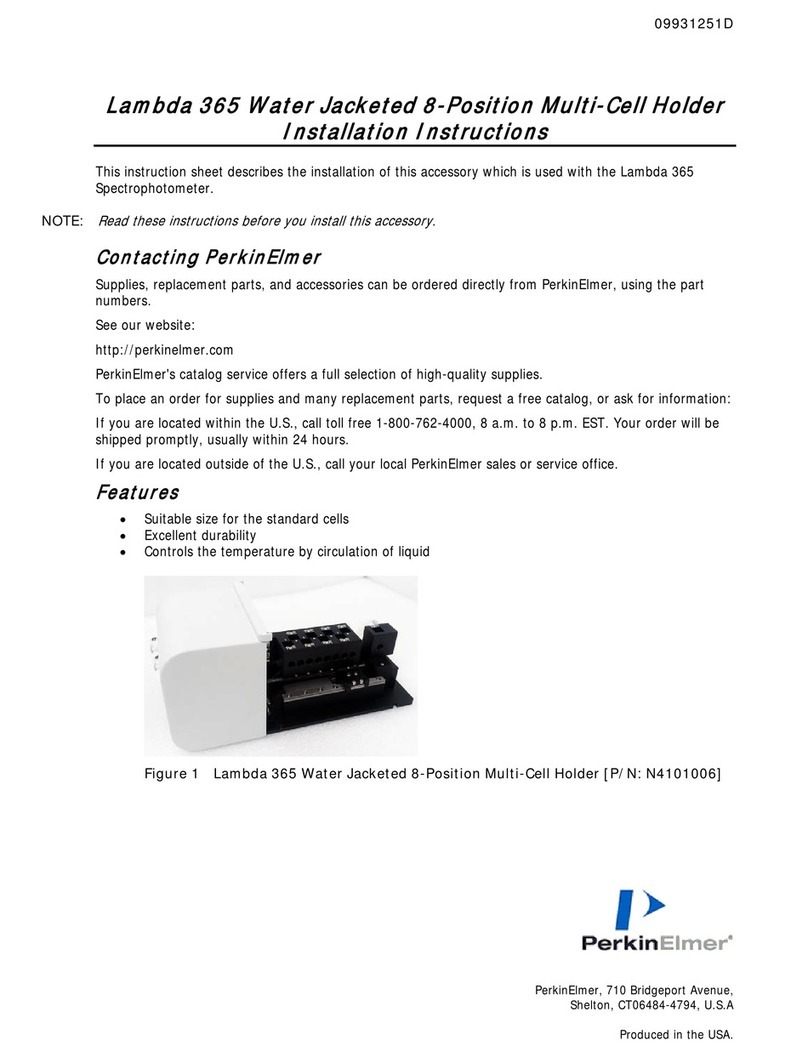
PerkinElmer
PerkinElmer Lambda 365 User manual

PerkinElmer
PerkinElmer Frontier FT-IR User manual
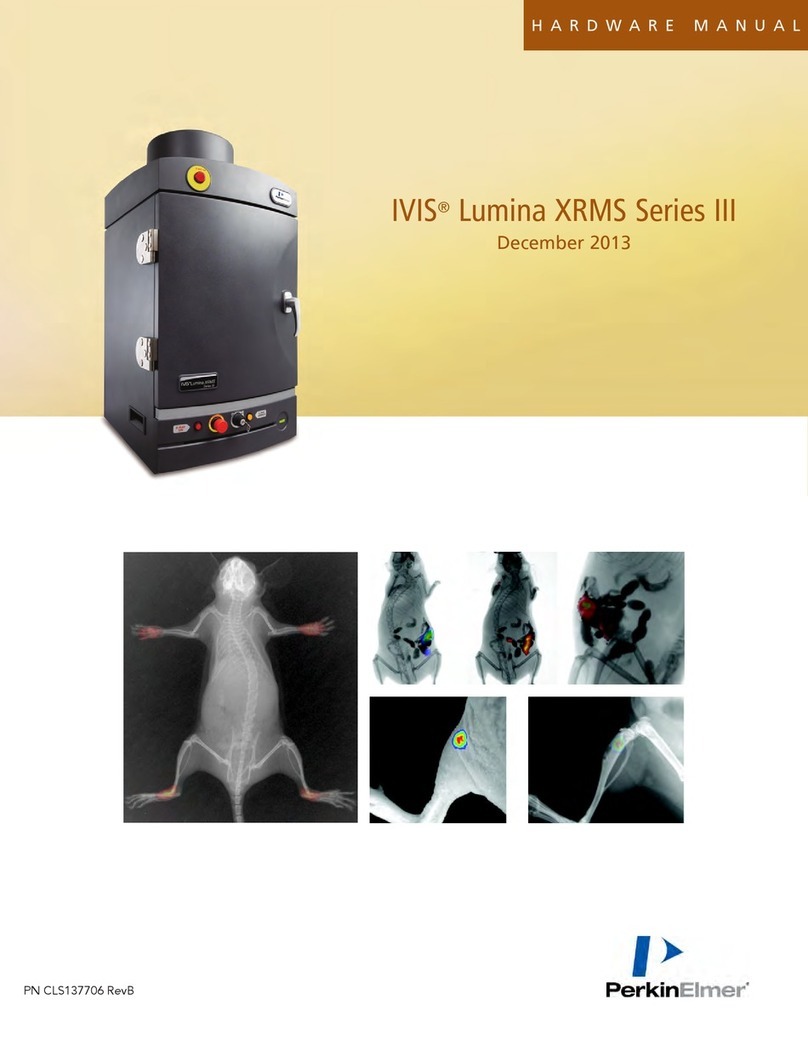
PerkinElmer
PerkinElmer IVIS Lumina XRMS III Series User manual

PerkinElmer
PerkinElmer aanalyst 200 User manual
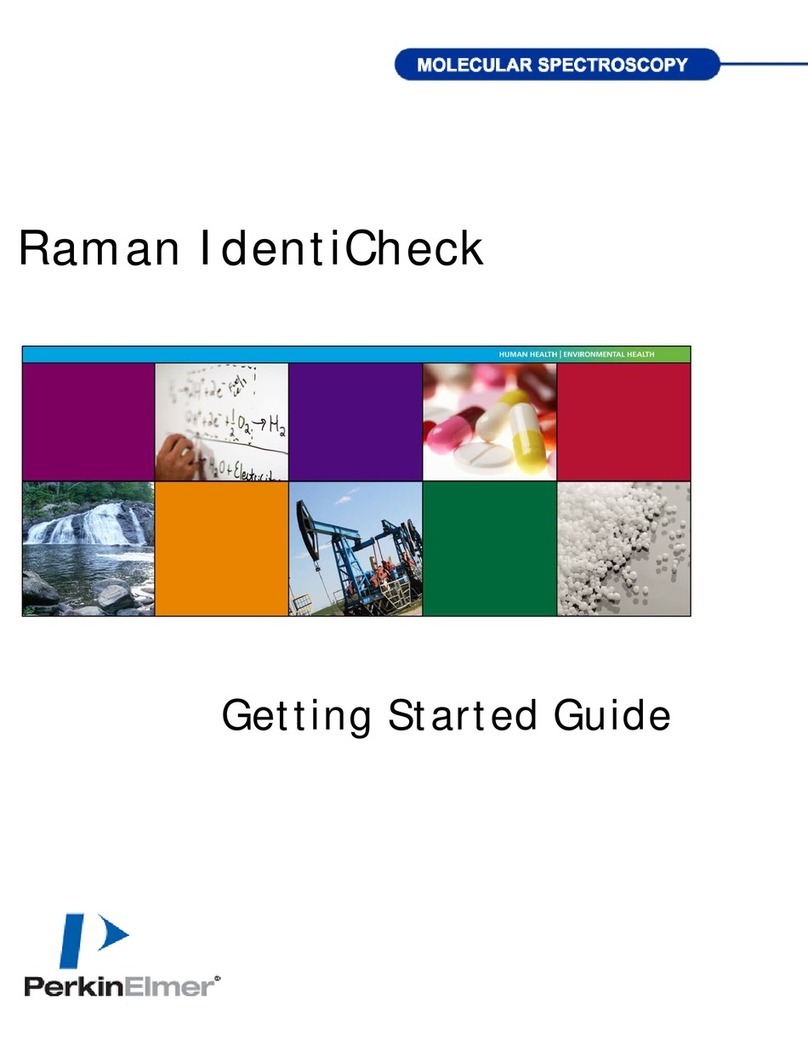
PerkinElmer
PerkinElmer Raman IdentiCheck User manual
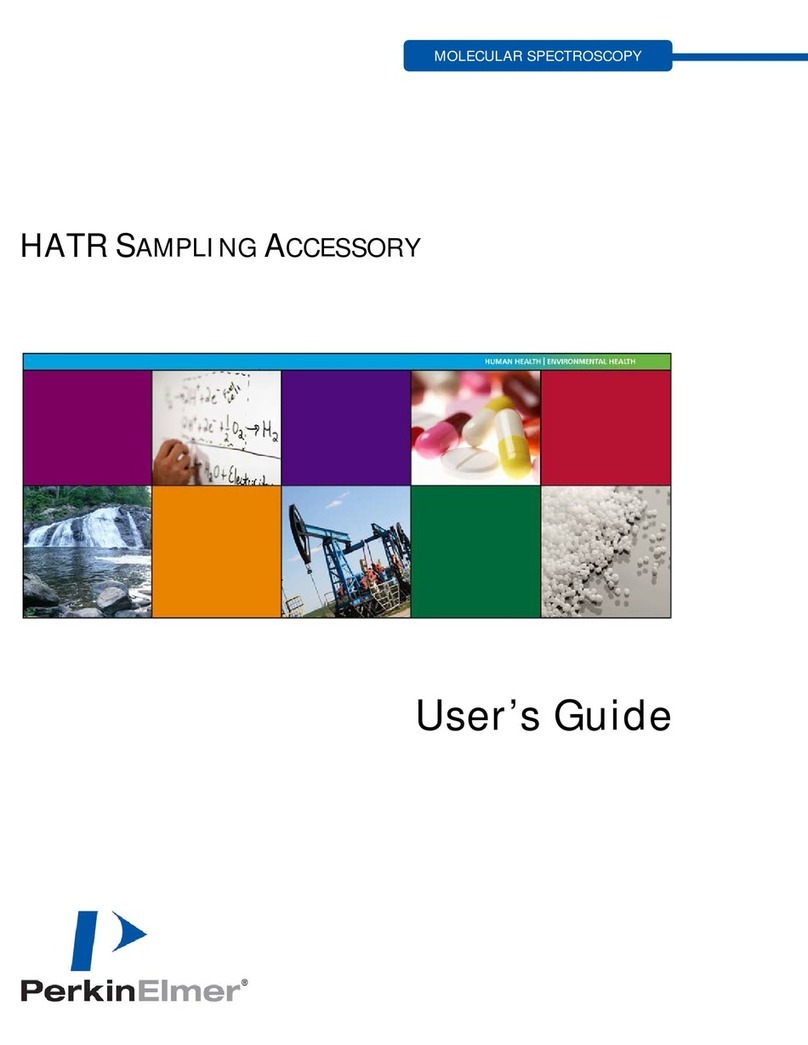
PerkinElmer
PerkinElmer HATR User manual

PerkinElmer
PerkinElmer FL 6500 User manual
Popular Laboratory Equipment manuals by other brands

Belden
Belden HIRSCHMANN RPI-P1-4PoE installation manual

Koehler
Koehler K1223 Series Operation and instruction manual

Globe Scientific
Globe Scientific GCM-12 quick start guide

Getinge
Getinge 86 SERIES Technical manual

CORNING
CORNING Everon 6000 user manual

Biocomp
Biocomp GRADIENT MASTER 108 operating manual
